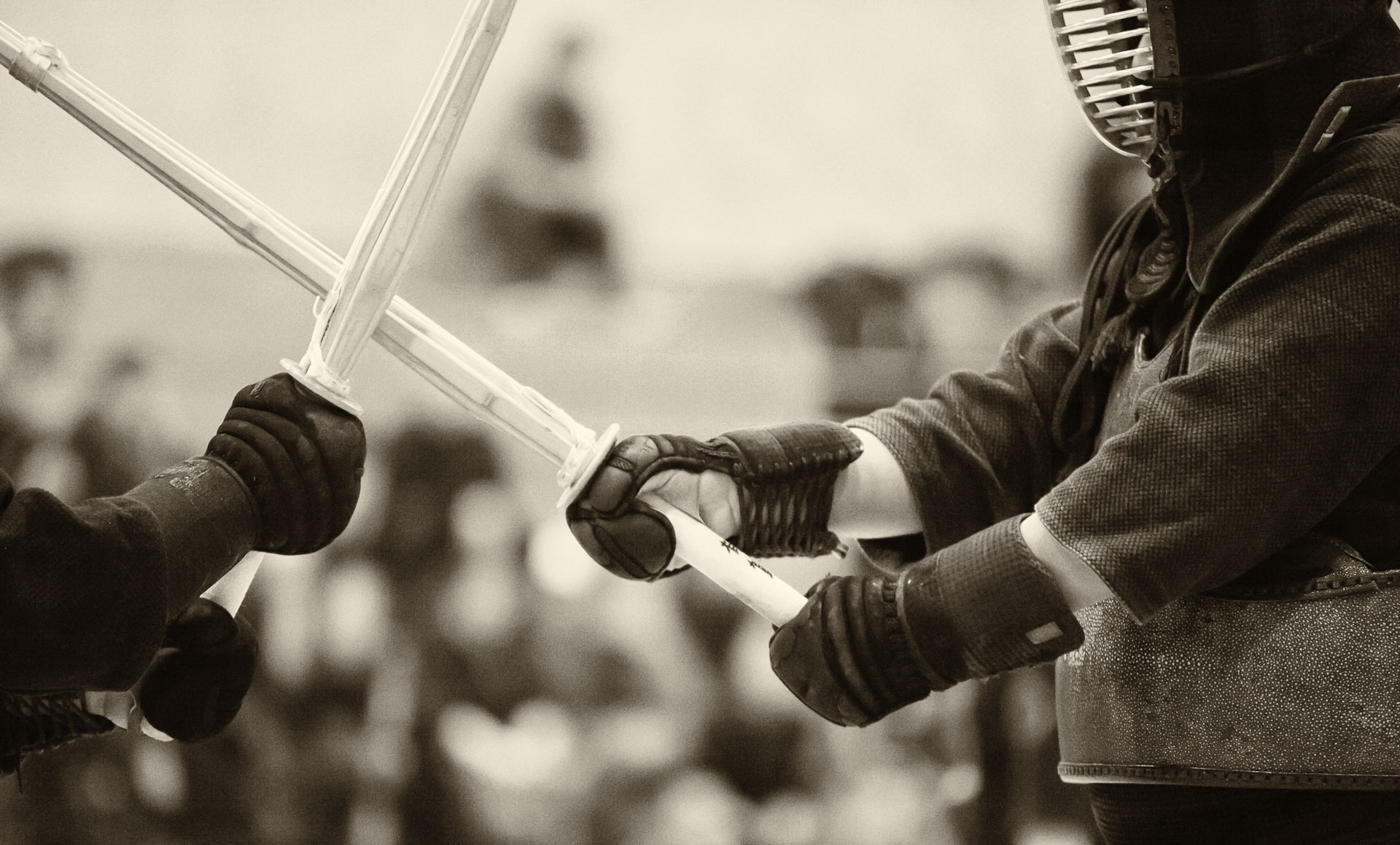
In teaching, relating the teacher’s personal experience with the material, including initial failures or struggles in learning it, is an important tool for establishing a working connection with the students. This is relevant to teaching in a general sense, not necessarily limited to the scope of academe. For example, in the context of photography, I find that showing some vulnerability by making it clear that I am in the process of learning the craft, helps avoid appearing as a know-it-all. Of course, this applies to interactions with other photographers, and not with clients or models, with whom projecting confidence in one’s skills is of paramount importance.
On the other hand, to instil confidence in the students and to be genuinely helpful, the teacher must make it clear (either explicitly or implicitly) early in the interaction that he/she know the answer to the problem at hand or is well underway towards finding the solution in the case of an open-ended, complex issues. In any case, discussing past personal struggles would not appear helpful, if it comes out as whining, instead of deliberately chosen example of learning from one’s experience.
Some examples of good balance between vulnerability and helpfulness are writings of James Altucher, such as “The Power of No,” which is largely based on his personal stories.





























